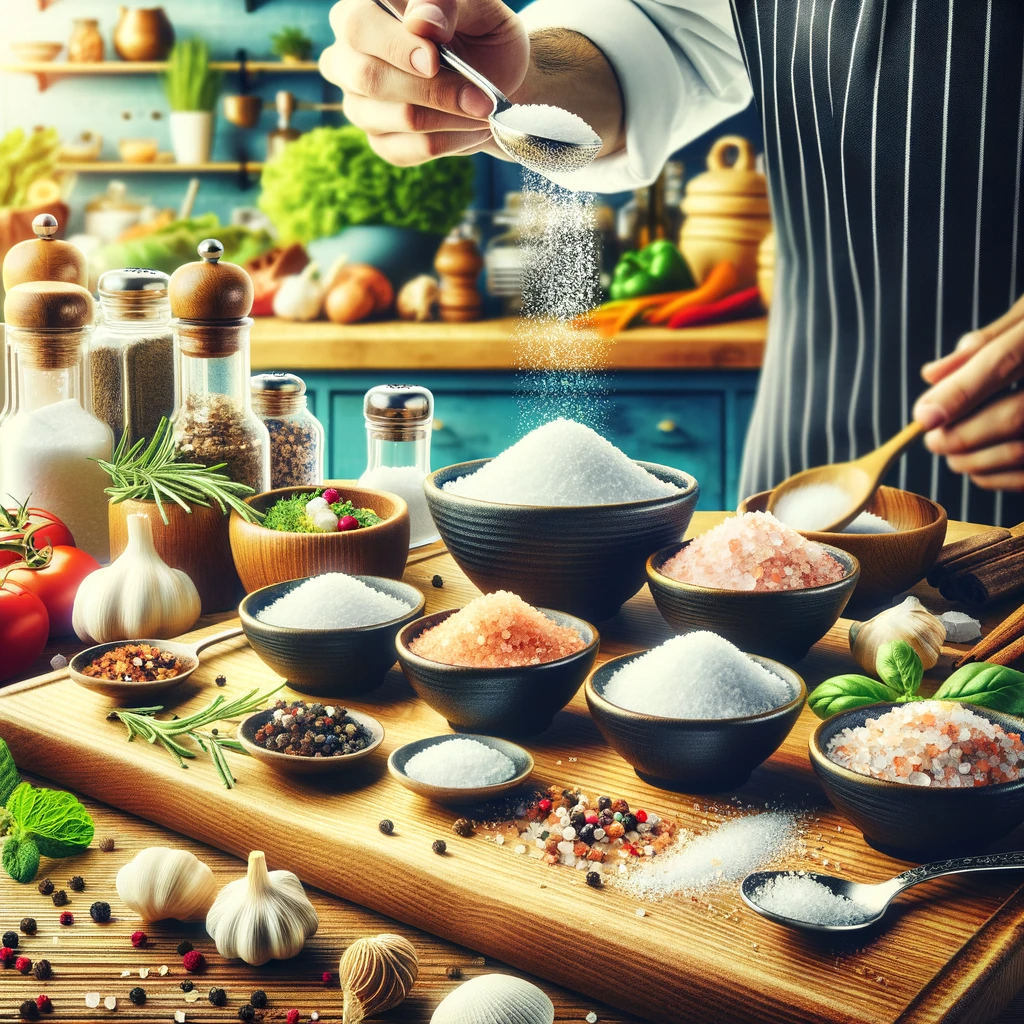Introduction: In today’s fast-paced world, processed foods have become a convenient choice for many. However, what often goes unnoticed is the excessive salt content hidden in these seemingly harmless products. Salt, while essential in moderation, can wreak havoc on our health when consumed in excess. In this article, we will shed light on the hidden sources of salt in processed foods and how you can make more informed choices to protect your health.
1. Read the Labels One of the first steps in identifying hidden salt is to carefully read food labels. Pay close attention to terms like sodium, sodium chloride, and sodium nitrate. These are indicators of the presence of salt in the product. The % Daily Value (%DV) will also give you an idea of how much salt a food item contributes to your recommended daily intake.
2. Beware of Canned Goods Canned soups, vegetables, and beans are notorious for their high salt content. Manufacturers often use salt as a preservative, which can result in sodium levels that far exceed your daily requirement. Opt for low-sodium or no-salt-added varieties to reduce your salt intake.
3. Delve into Condiments Condiments like ketchup, soy sauce, and salad dressings can be sneaky sources of salt. A single tablespoon of soy sauce, for instance, can contain up to 1,000 mg of sodium. Consider using alternatives with reduced salt or opt for homemade versions to have better control over the salt content.
4. Processed Meats: A Culprit Processed meats, including bacon, sausages, and deli meats, are packed with salt for flavor and preservation. Beware of phrases like “cured,” “smoked,” or “brined”, as these often signify high salt content. Opt for lean cuts or lower-sodium alternatives whenever possible.
5. Frozen Dinners and Fast Food Frozen dinners and fast food items may seem like a quick and easy meal solution, but they often contain shockingly high levels of salt. Check for nutrition information and choose options with lower sodium levels. Preparing homemade meals with fresh ingredients can help you control salt intake.
6. Snack Attack Snack foods such as chips, pretzels, and even popcorn can be loaded with salt. These foods can be addictive, making it easy to exceed your daily salt intake without realizing it. Look for snacks labeled as low-sodium or choose healthier alternatives like air-popped popcorn or vegetable sticks.
7. Restaurant Dishes When dining out, it’s challenging to gauge the salt content of your meal. Restaurant dishes often use salt liberally for flavor enhancement. Consider asking for your meal to be prepared with less salt, or try seasoning your food at the table with a pinch of salt to control your intake.
Conclusion: Being mindful of hidden sources of salt in processed foods is crucial for maintaining a healthy diet and preventing health issues like hypertension and heart disease. By reading labels, avoiding canned goods, being cautious with condiments, choosing lean meats, limiting frozen and fast food, making smarter snack choices, and being mindful at restaurants, you can take control of your salt intake and protect your long-term well-being. Remember, moderation is key, and making informed choices will lead to a healthier and happier you.
